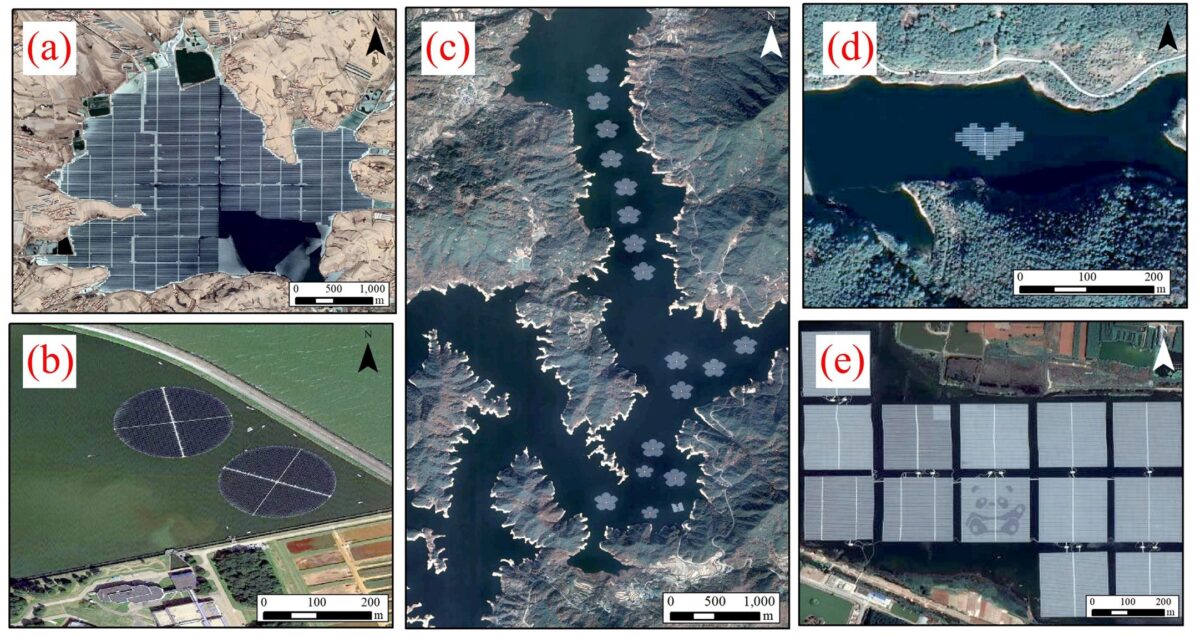A group of researchers led by China's Nanjing University has created a global-scale inventory map to determine the spatio-temporal distribution of floating photovoltaics.
“Existing statistical reports on water-surface photovoltaics (WSPV) only provide aggregated summary statistics but lack spatiotemporal information, which hinders the environmental assessment and policy management,” the research's lead author, Shanchuan Guo, told pv magazine. “We developed a new and adaptive workflow for identifying WSPV using satellite imagery and integrating multiple spectral indices.”
In the paper “Mapping global water-surface photovoltaics with satellite images,” published in Renewable and Sustainable Energy Review, the research group explained it combined multi-source data and mapping results to assess the geographic distribution and characteristics of WSPV s and produce an an up-to-date spatial database.
The water mask was based on the global surface water dataset (GSW) created by the European Union's Joint Research Centre (JRC), which provides the annual spatial distribution of surface water from 1984 to 2020.
“WSPVs are spectrally distinct from most land cover types and can be identified by remote sensing once they are larger than the satellite pixel size,” the scientists specified. “We used Google Earth images and Sentinel satellite imagery from 2019 to 2021 to examine and modify the type changes of WSPV validation samples over three years, and finally obtained the annual correctly labeled validation samples.”
The academics claim that the proposed approach enables the mapping of WSPVs over large areas at high resolution. They found that the water areas covered with floating PV installations increased from 187.0 km2 to 272.0 km2 between 2019 and 2021. They also estimated estimated a global installed WSPV capacity of 12.9 GW.
“The results advanced the understanding of the global spatial-temporal dynamics of the recent WSPV development and will be useful for informing future global and regional renewable planning and management for policymakers and project stakeholders,” they stressed.
The research group also hosted scientists from Michigan State University and the Shanghai Jiaotong University.
This content is protected by copyright and may not be reused. If you want to cooperate with us and would like to reuse some of our content, please contact: editors@pv-magazine.com.




2 comments
By submitting this form you agree to pv magazine using your data for the purposes of publishing your comment.
Your personal data will only be disclosed or otherwise transmitted to third parties for the purposes of spam filtering or if this is necessary for technical maintenance of the website. Any other transfer to third parties will not take place unless this is justified on the basis of applicable data protection regulations or if pv magazine is legally obliged to do so.
You may revoke this consent at any time with effect for the future, in which case your personal data will be deleted immediately. Otherwise, your data will be deleted if pv magazine has processed your request or the purpose of data storage is fulfilled.
Further information on data privacy can be found in our Data Protection Policy.